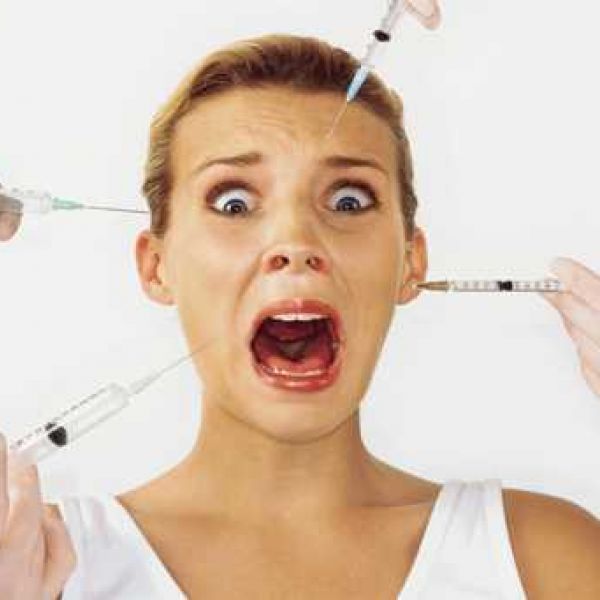Keeping safe in the salon is of the utmost importance, regardless of which sector in the beauty industry you are trading in. Horror stories of missed patch tests and bacterial infections hit the headlines, scaring clients away from the salons and giving the industry a bad name. Unfortunately, the very basics of cleanliness, hygiene and safety are sometimes overlooked, leading to dangerous practices which can - and do - result in real disasters.
Here are some of the very basic safety tips which every salon should adhere to, without any exception, in order to protect their clients and business:
Protect your Practical Salon Environment
* Prepare a health and safety policy for your business. Visit http://www.hse.gov.uk/simple-health-safety/write.htm for more information.
* Arrange to have all your electrical appliances tested (PAT test). This will ensure your appliances and electrical goods are in safe working order and may help to reduce insurance premiums.
* Assess all of the chemical products used in your salon (COSHH) and determine any safety risks.
* Check that all your fire exits and route ways are clear from obstruction and appropriately signed.
* Good ventilation will reduce problems associated with products used in the salon.
* Make sure your first aid kit is fully stocked.
* All work areas must be well lit and fit for purpose.
* Employees must be given access to suitable and clean restrooms facilities.
Choose the Right Products
* Make a list of all hazardous products used in the salon and obtain hazard data sheets from the manufacturer.
* Make sure you are using the safest products available and that they comply with the Cosmetic Products (Safety) Regulations.
* Store and use all products in accordance with manufacturer's instructions.
* Take care when disposing of surplus/out of date stock, following manufacturers guidance or return to manufacturer.
* If signs of dermatitis or asthma are detected, suitable action should be taken to minimise the problem e.g. provide barrier creams and gloves, improve ventilation and monitor to ensure gloves etc. are used.
* Ensure staff are fully trained in the safe use of chemicals.
Prioritise Hygiene
* Make sure 'hard' re-usable equipment such as tweezers and cuticle knives can be sterilised between use on clients by a glass-bead steriliser or an autoclave. Beware that 'ultra-violet sterilisers' have disinfectant properties, but do not sterilise.
* Use disposable products where possible e.g. sterile disposable needles for electrolysis and orange sticks and emery boards for manicures, to avoid the need to sterilise between every treatment.
* Provide 'sharps' boxes for disposal of needles, blades etc. These 'sharps' boxes should be disposed of only by a registered waste carrier.
* Use techniques which prevent cross contamination of substances, such as creams, make-up products and wax pots. Never re-filter depilatory wax.
* Thoroughly cleanse tools between uses, such as brushes, sponges and towels.
* Register with your local council if you are carrying out skin piercing treatments, such as electrolysis, acupuncture or ear piercing.
Other care should be taken to protect the safety of the client, such as always ensuring adequate patch tests are conducted. It is very difficult to remove any kind of risk from a treatment but it's important to take every measure to reduce the element of risk; not only protecting your client's health and interests, but also your business.
A further step that you can take to ensure that you are safe come the worst case scenario is to ensure that your practice matches up to your insurance policy. This means that, providing you take all the safety measures you can, you will be covered for any eventuality.

